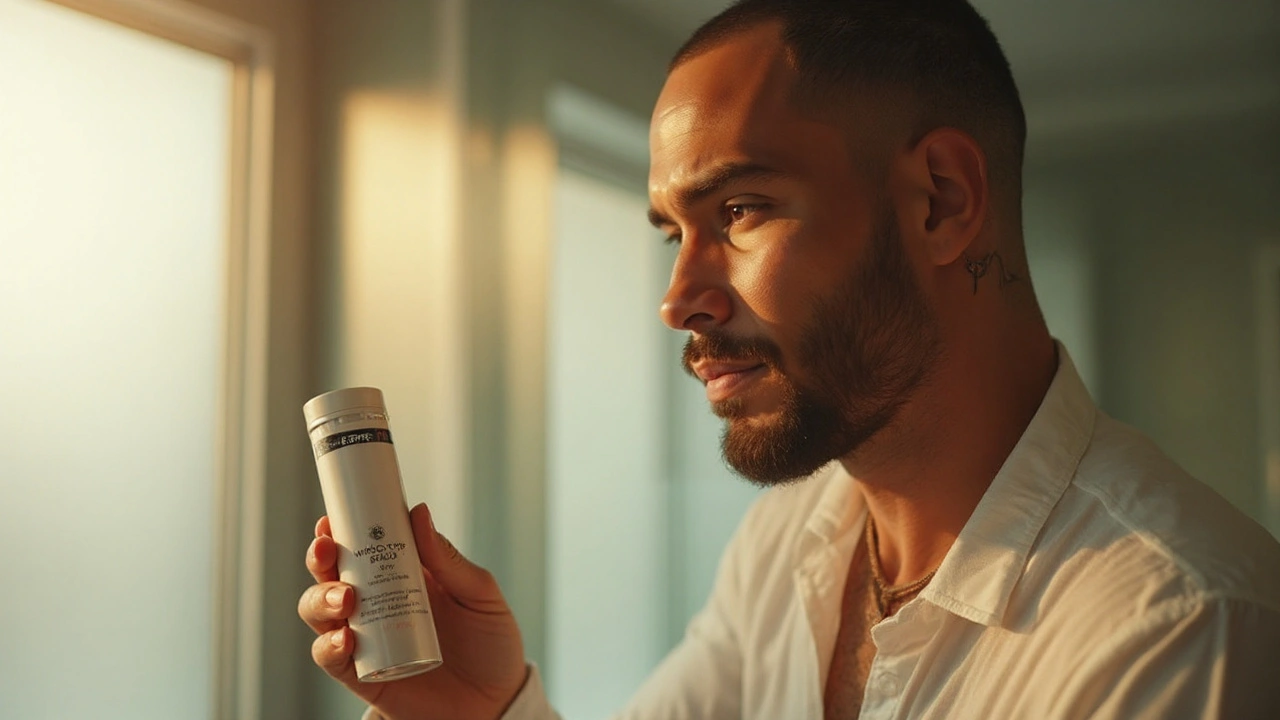PRP Therapy – What It Is and Why It Matters
When talking about PRP, Platelet‑Rich Plasma, a concentration of a patient’s own platelets suspended in plasma, used to stimulate tissue healing. Also known as Platelet‑Rich Plasma, it taps into the body’s natural repair system and is a core tool in modern regenerative medicine, a field focused on restoring damaged cells and tissues. PRP therapy works by delivering growth‑factor‑rich blood directly to a target area, creating a micro‑environment that jump‑starts recovery.
One of the key players in that micro‑environment are growth factors, proteins released by platelets that regulate cell proliferation, migration, and differentiation. These molecules act like messengers, telling nearby cells to divide, form new blood vessels, and lay down fresh collagen. Because of this, doctors can use PRP to speed up healing after a torn rotator cuff, a cracked bone, or even a deep‑sea acne scar. The presence of growth factors is what links PRP to both orthopedic injury recovery and cosmetic improvement, forming a bridge between sports medicine and aesthetic dermatology.
In the world of orthopedics, PRP has become a go‑to option for athletes looking to bounce back faster. When injected into a knee with osteoarthritis, the platelets flood the joint with anti‑inflammatory cytokines, reducing pain and improving range of motion. Studies show that patients who combine PRP with physical therapy report quicker gains in strength than therapy alone. The same principle applies to tendonitis, where the concentrated plasma encourages tendon fibers to realign correctly, cutting down on scar tissue formation. So, if you’re wondering whether PRP can help you recover from a sprained ankle or a chronic shoulder issue, the answer often lies in how the growth factors interact with the damaged tissue to kick‑start the body’s innate repair process.
Beyond joints and tendons, PRP is also making waves in cosmetic dermatology. Facial clinics use it to smooth fine lines, rejuvenate skin tone, and tighten lax areas by triggering collagen remodeling. The process, sometimes called a "vampire facial," involves drawing a small amount of blood, spinning it to isolate the platelets, and then microneedling the concentrated plasma back into the skin. The result is a natural‑looking lift with minimal downtime. This crossover shows how PRP bridges two seemingly different worlds—sports injury recovery and aesthetic enhancement—by relying on the same biological mechanisms.
Below you’ll find a curated list of articles that dive deeper into specific PRP applications, compare it with other treatments, and offer practical tips for patients and providers alike. Whether you’re an athlete, a skincare enthusiast, or just curious about the science behind this versatile therapy, our collection gives you the insight you need to make an informed decision.

